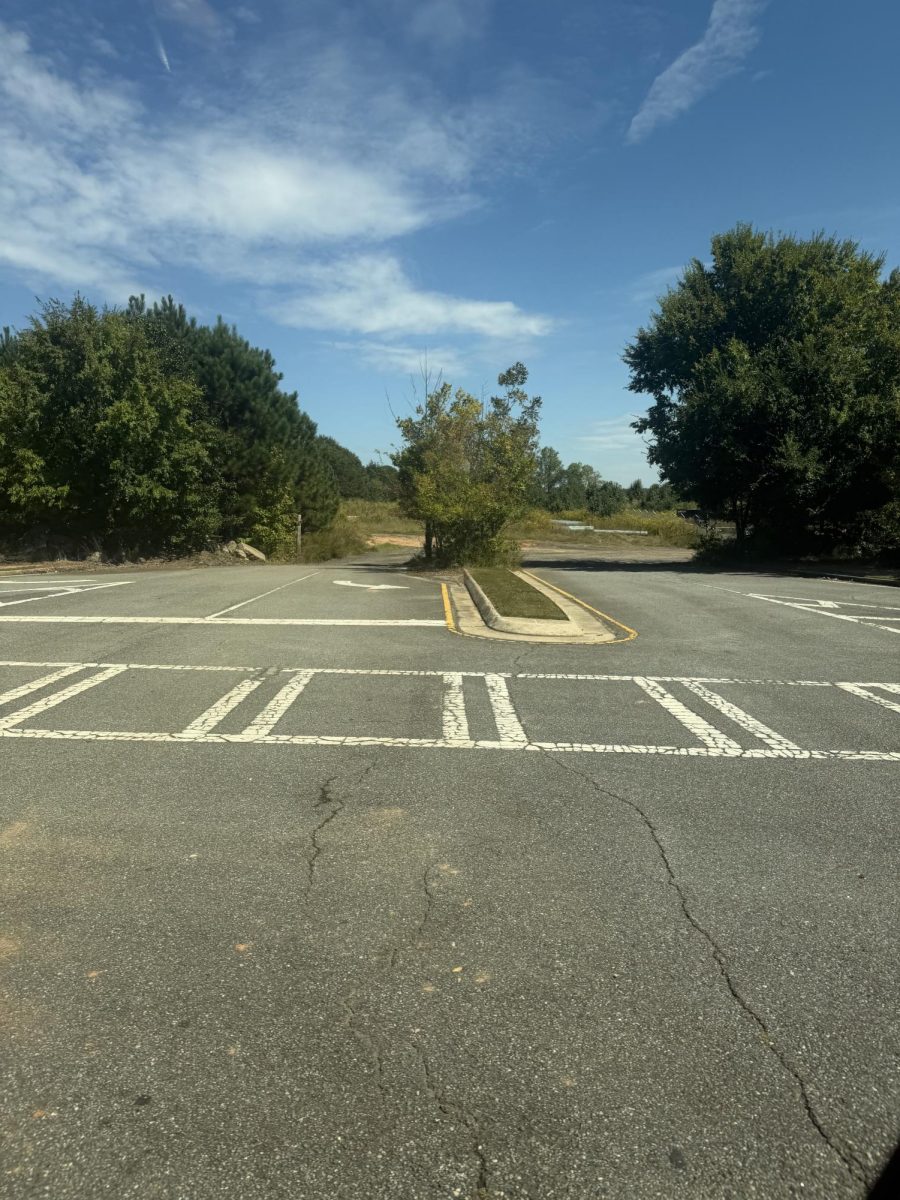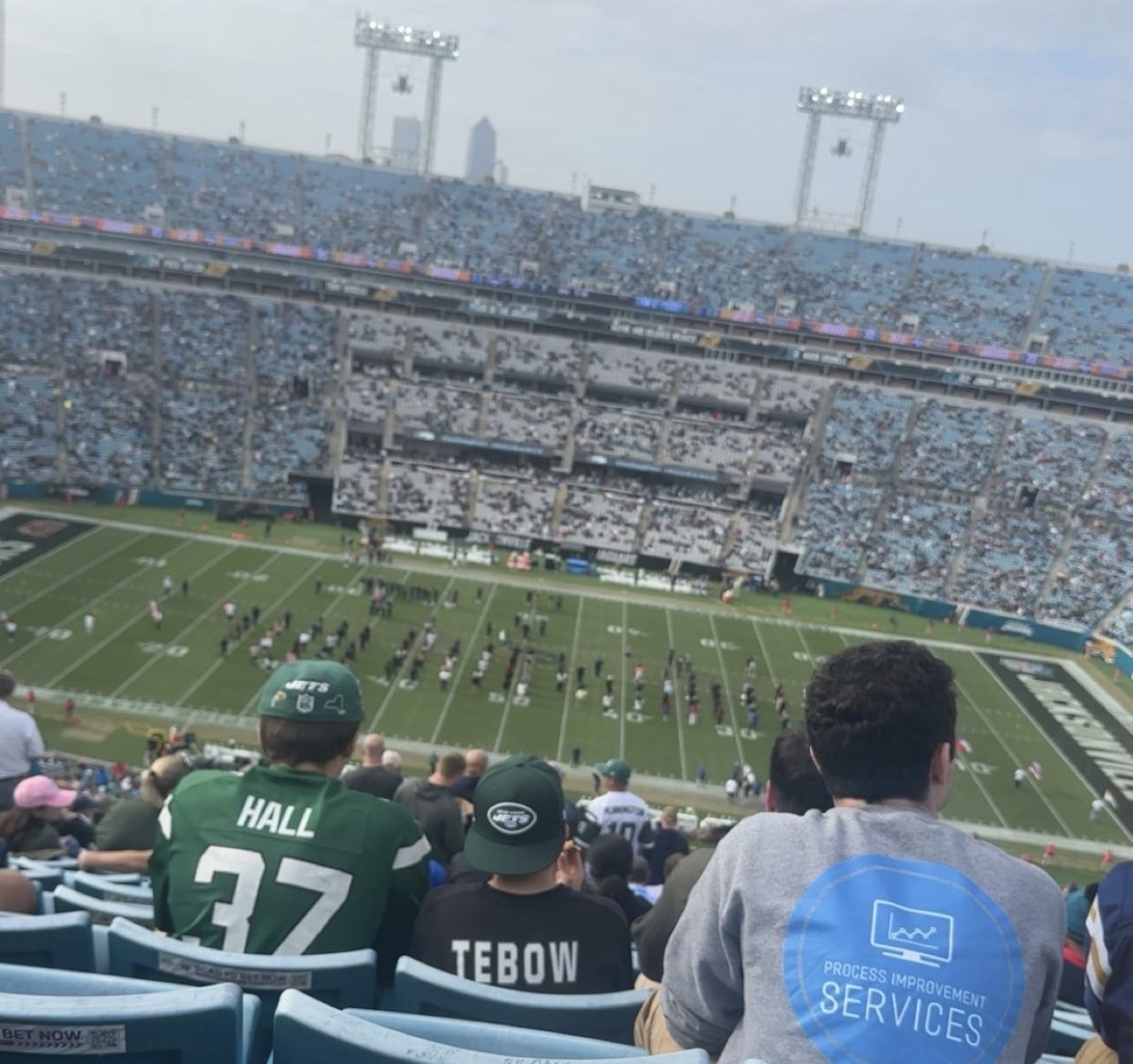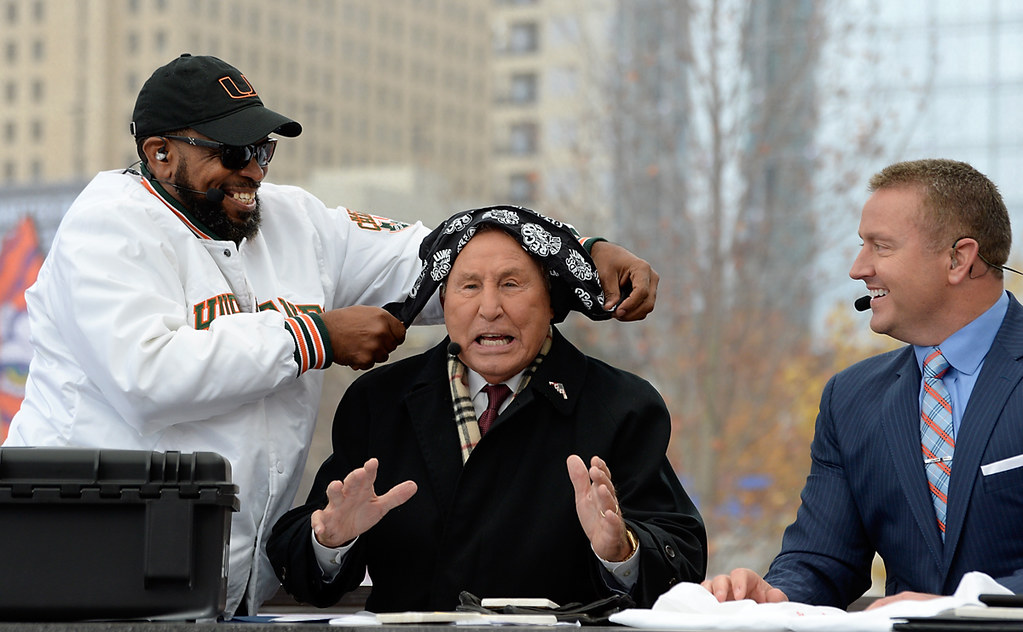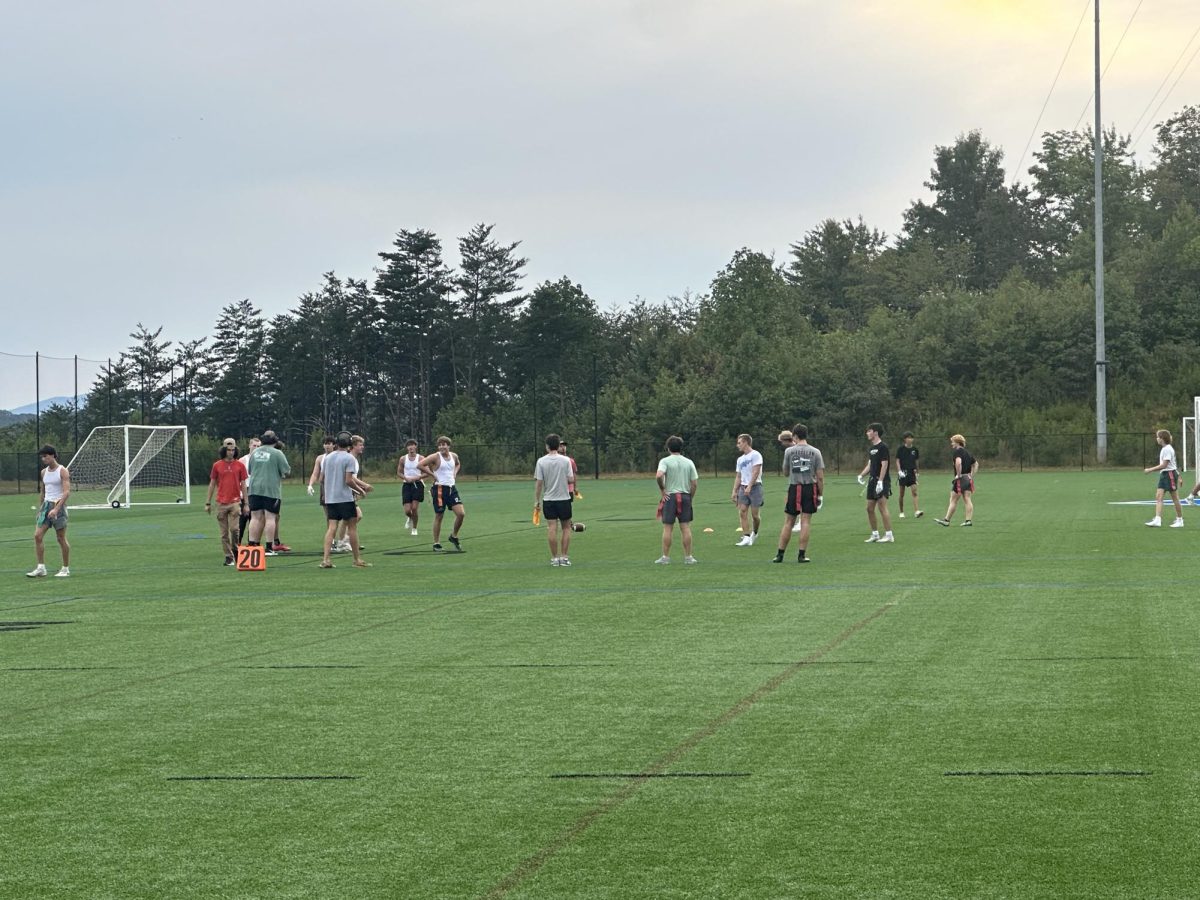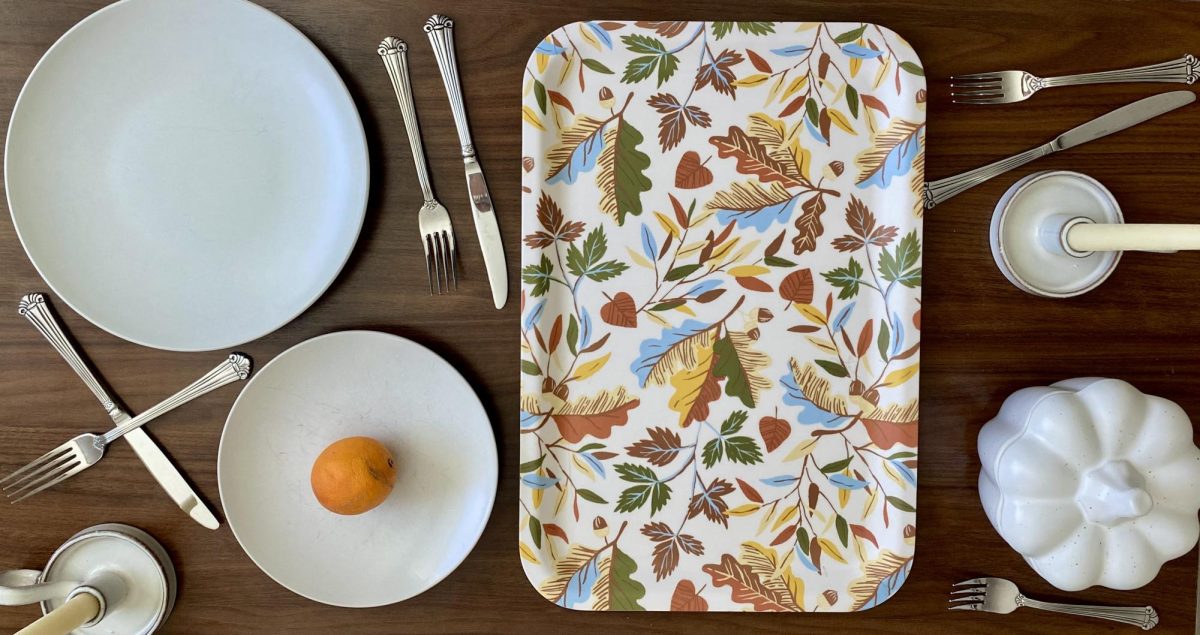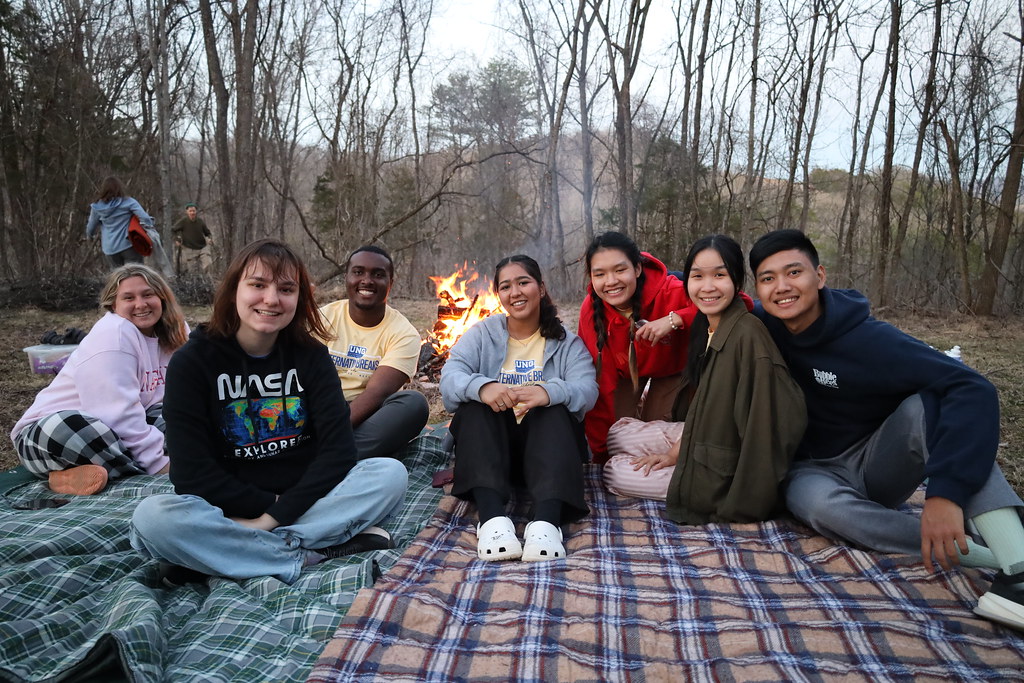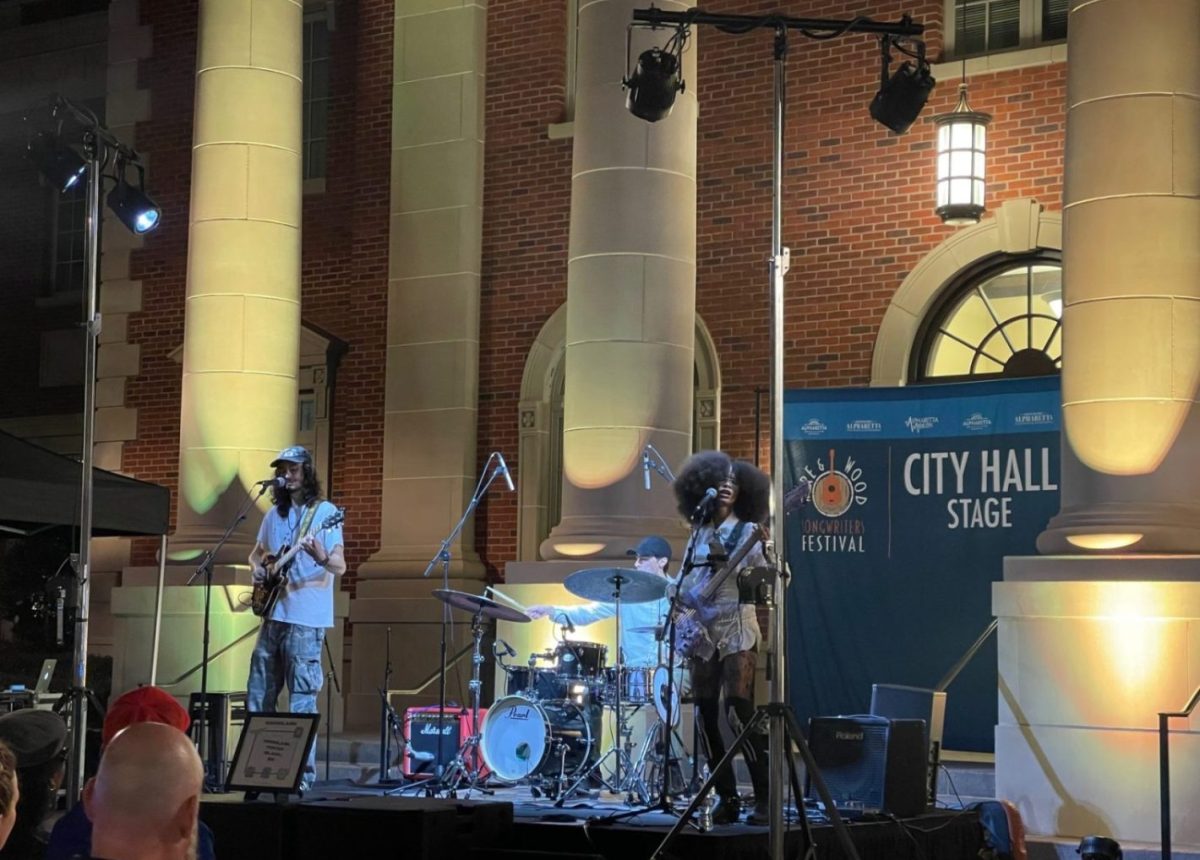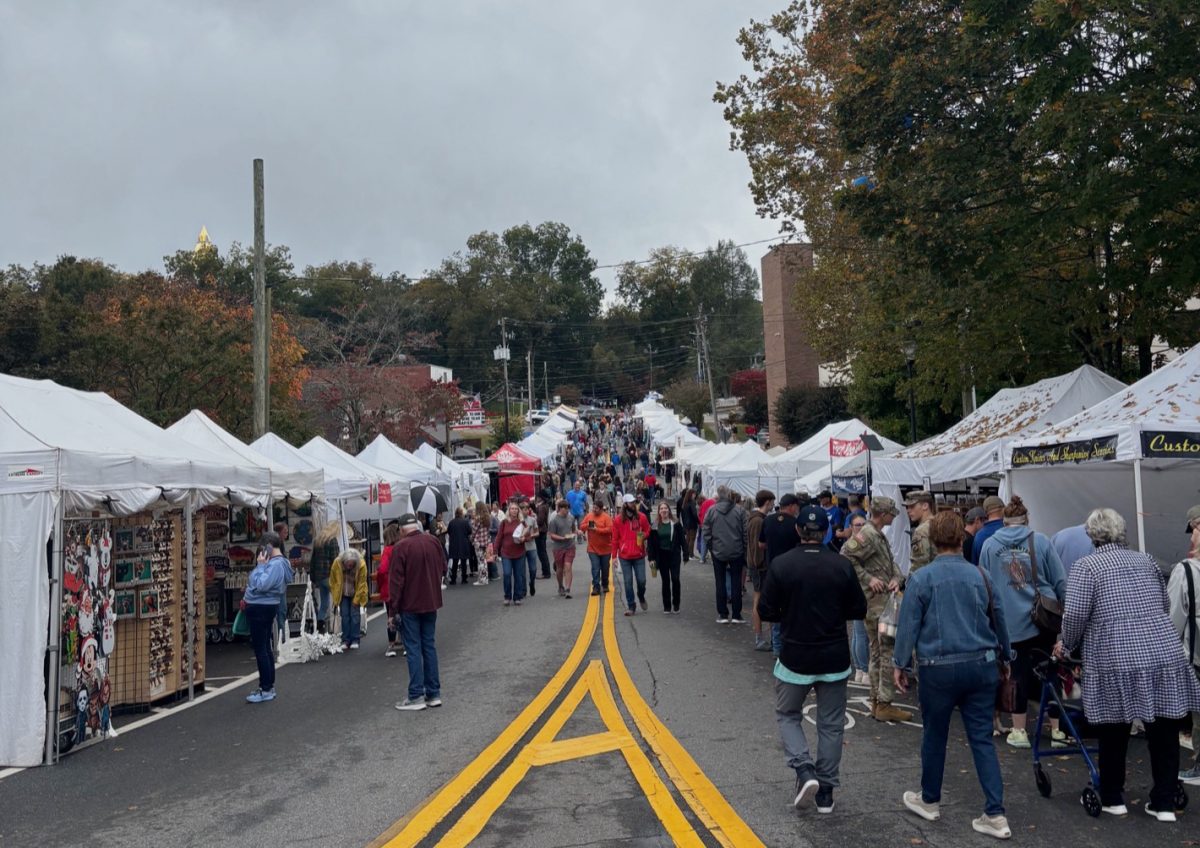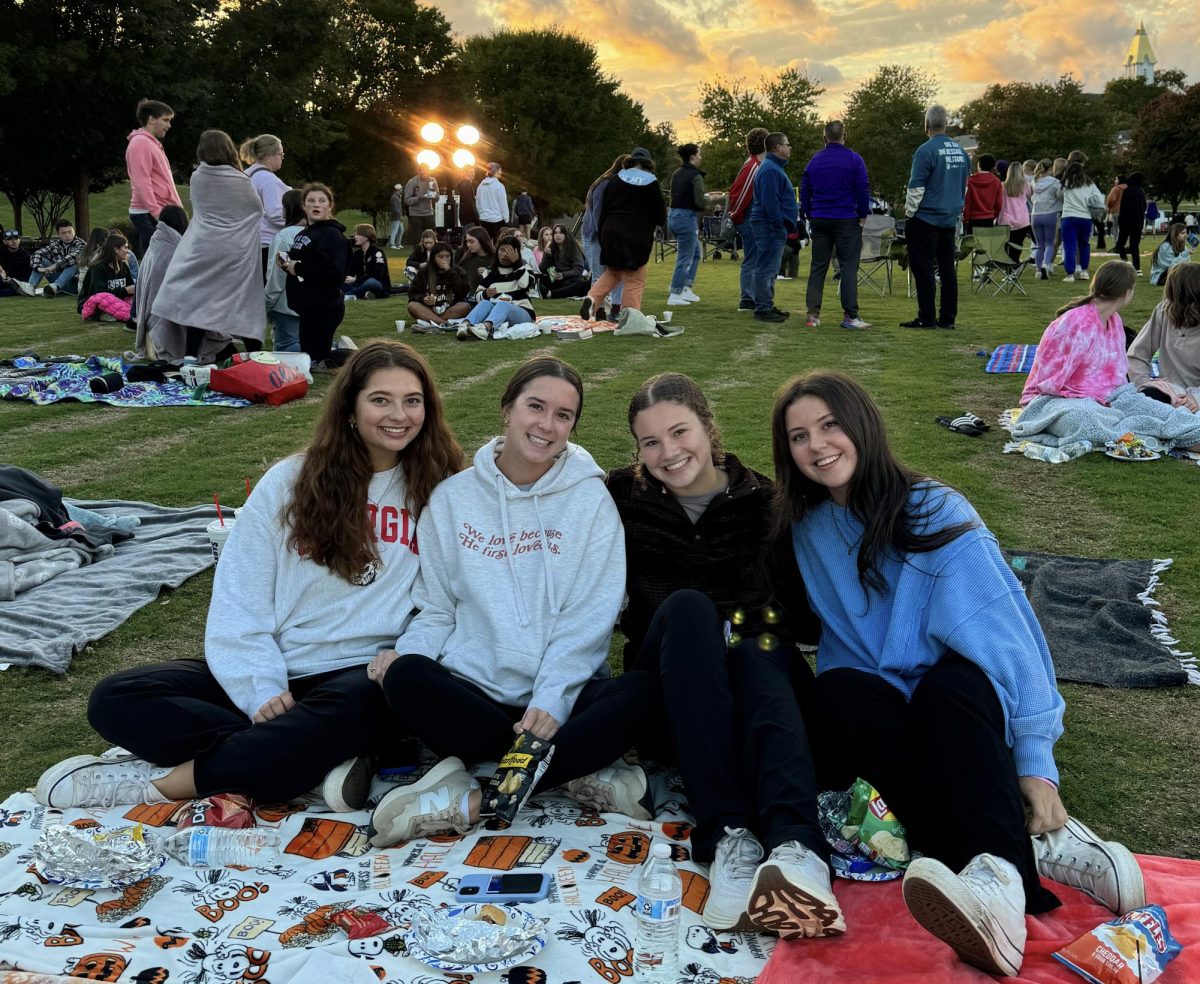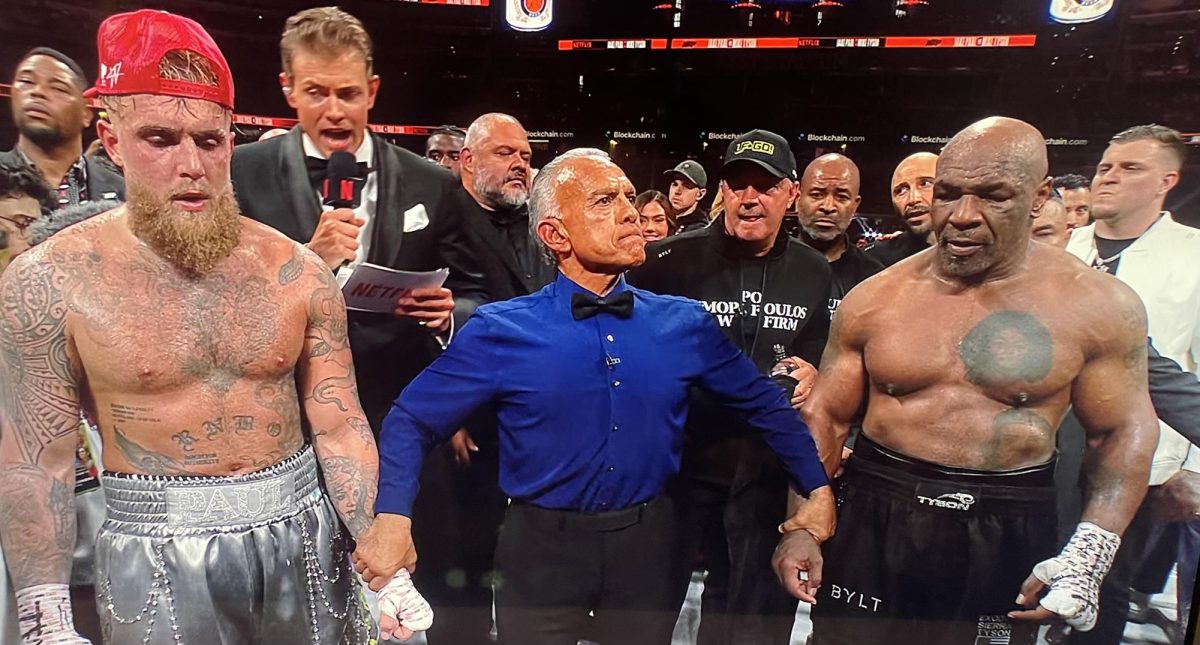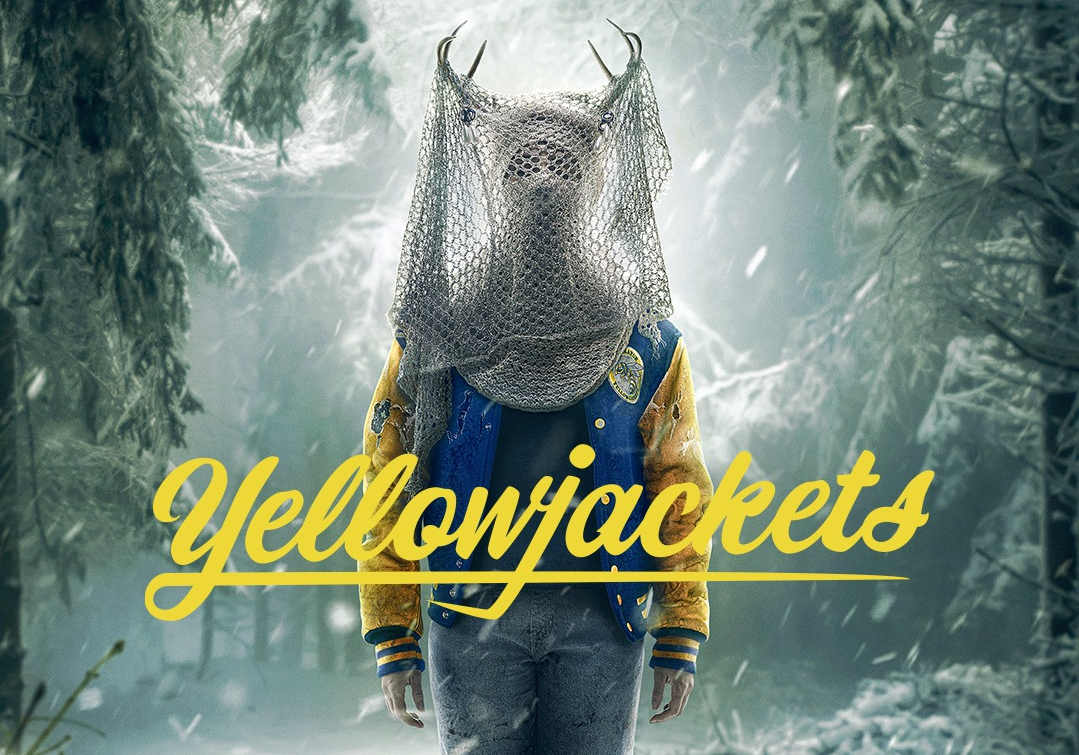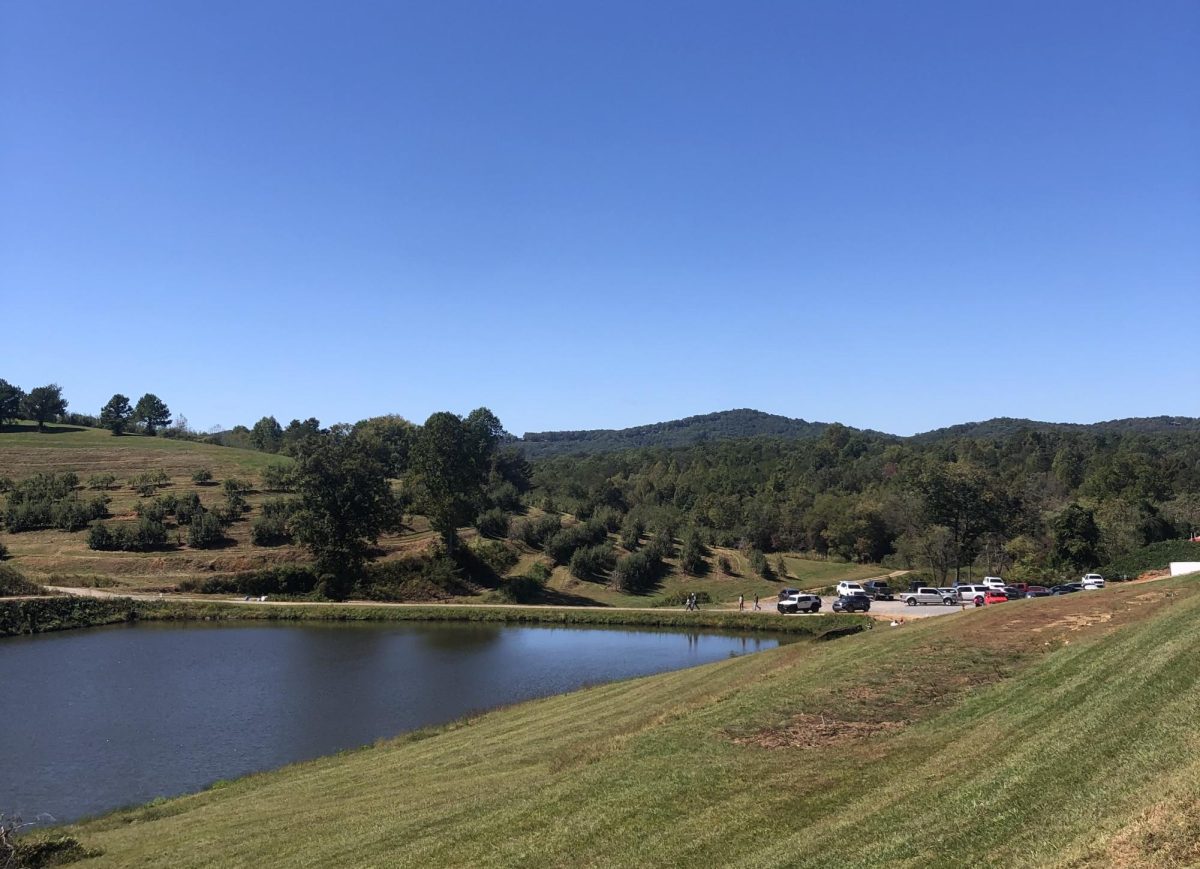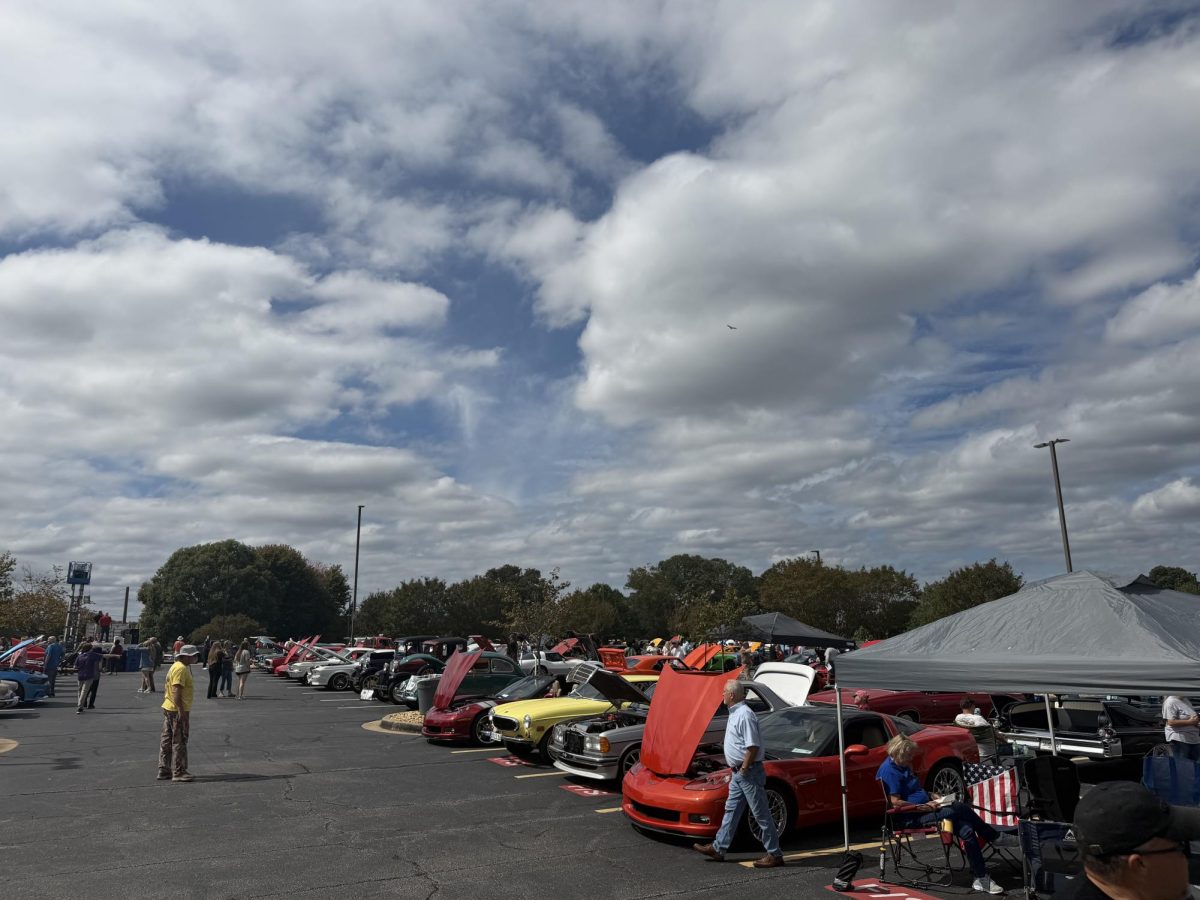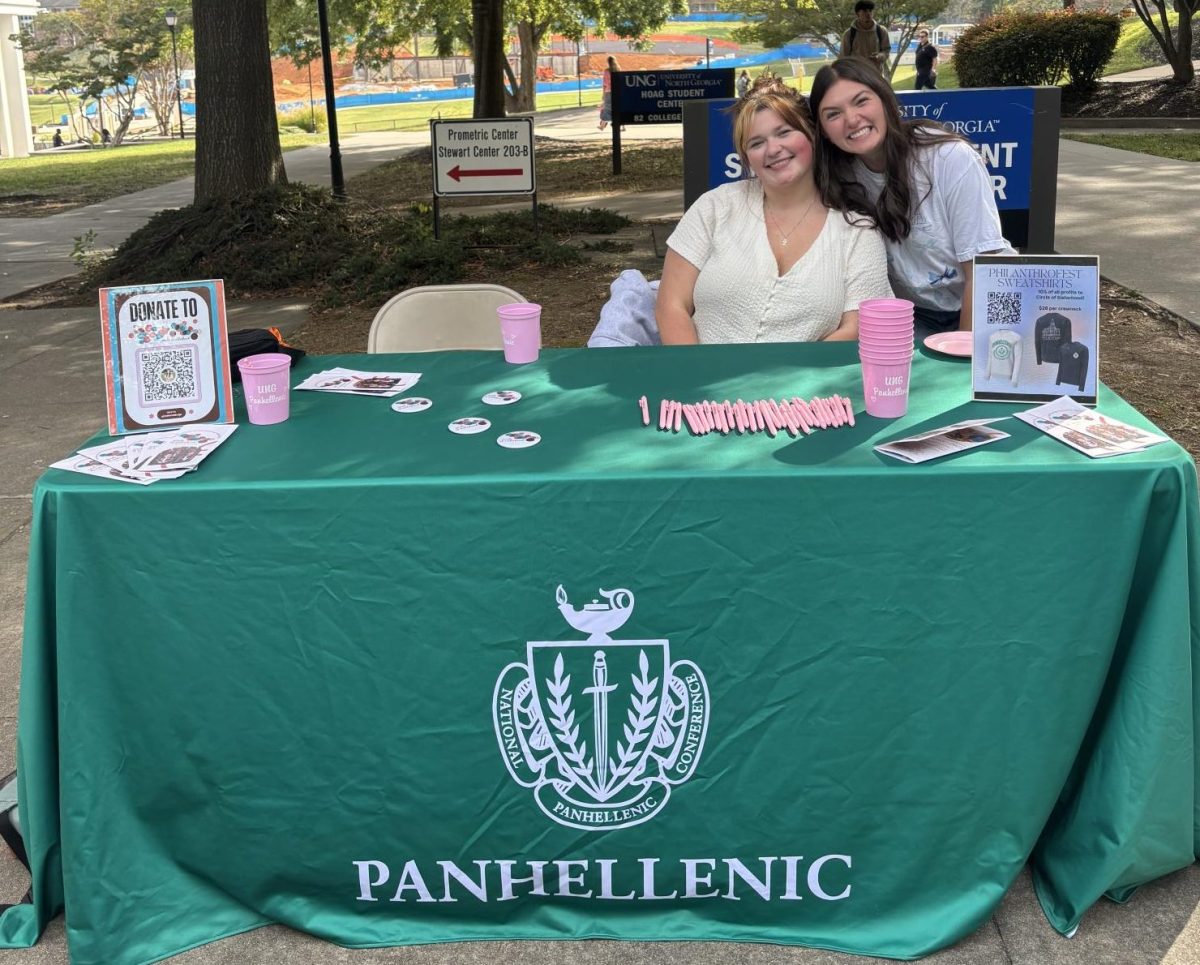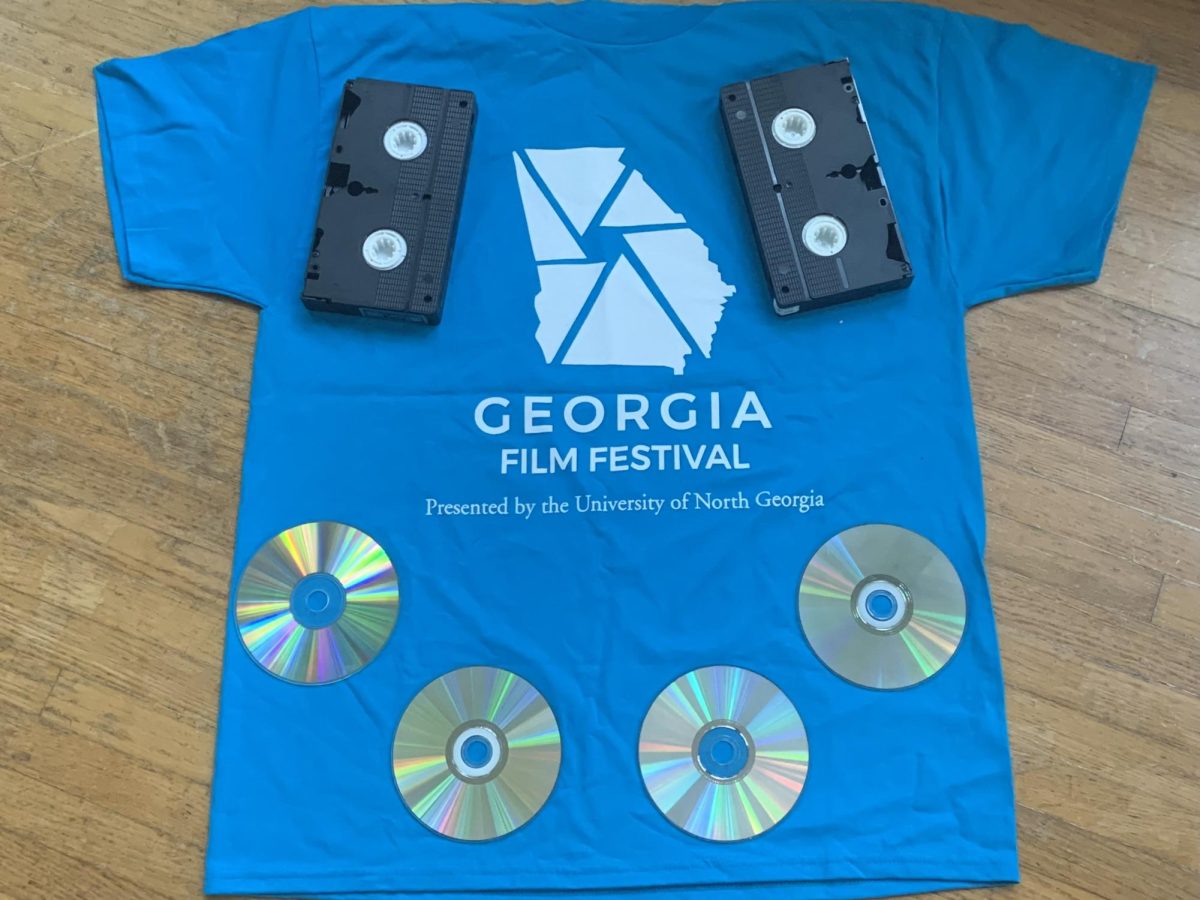With the fall season arriving, colder temperatures are also here.
For people with coarse and thicker hair, combating the cold air’s ability to create dryness and possible hair breakage can be a struggle.
Protective hairstyles are a suitable way for both men and women to combat this as they minimize exposure to the dry air and preserve moisture, all the while looking stylish in the process.
Nadine Effiom, Vice President of the University of North Georgia’s Black Student Union on the Gainesville campus, explains her reasoning for the use of protective hairstyles.
“They are just easy to maintain and not a hassle. It’s just a different way to style your hair and protect it at the same time too.” – Nadine Effiom, BSU Vice President

Braids
Braiding consists of weaving three or more pieces of hair to create the desired hairstyle. Some of the more popular braid styles are box braids, Fulani braids and cornrows.
Braids are one of the early instances of known protective hairstyles, as depictions were found in the Sahara Desert dating back to 3500 B.C.
Braids in particular have deep ties to African culture as they were part of their identity. From braids alone, a person could tell age, tribal affiliation, religion, social status and more.
During the transatlantic slave trade, slaves would put their hair in braids to have a connection with their African roots. The patterns formed by braids allowed them to conceal messages and routes used to escape in the Underground Railroad.

Twists
Twists consist of taking two pieces of hair (although three can be done as well) and simply twisting them around each other. Popular styles of twists are the simple two strand twists and passion twists.
Twists provide a relatively fast install compared to other protective hairstyles due to its ease of accomplishment. For those with sensitive scalps, this style provides a great option as not much tension is needed to hold them together. However, twists will require more maintenance, as they will unravel faster than other forms of protective hairstyles.

Dreads
Dreads, or “locs,” can happen overtime naturally if hair is left neglected but can be achieved through twisting, braiding or palm rolling.
Dreads are a long-term protective hairstyle but depending on the desired look, they could require a good amount of maintenance. As growth occurs, periodic retwisting will have to take place. Maintenance to the roots is also a priority.

Wigs/Head Wraps
Wigs and head wraps allow one to hide their natural hair underneath, ultimately minimizing much of the damage from above. Though the hair is out of sight, it should not be out of mind as hair upkeep is still necessary for healthy hair.





